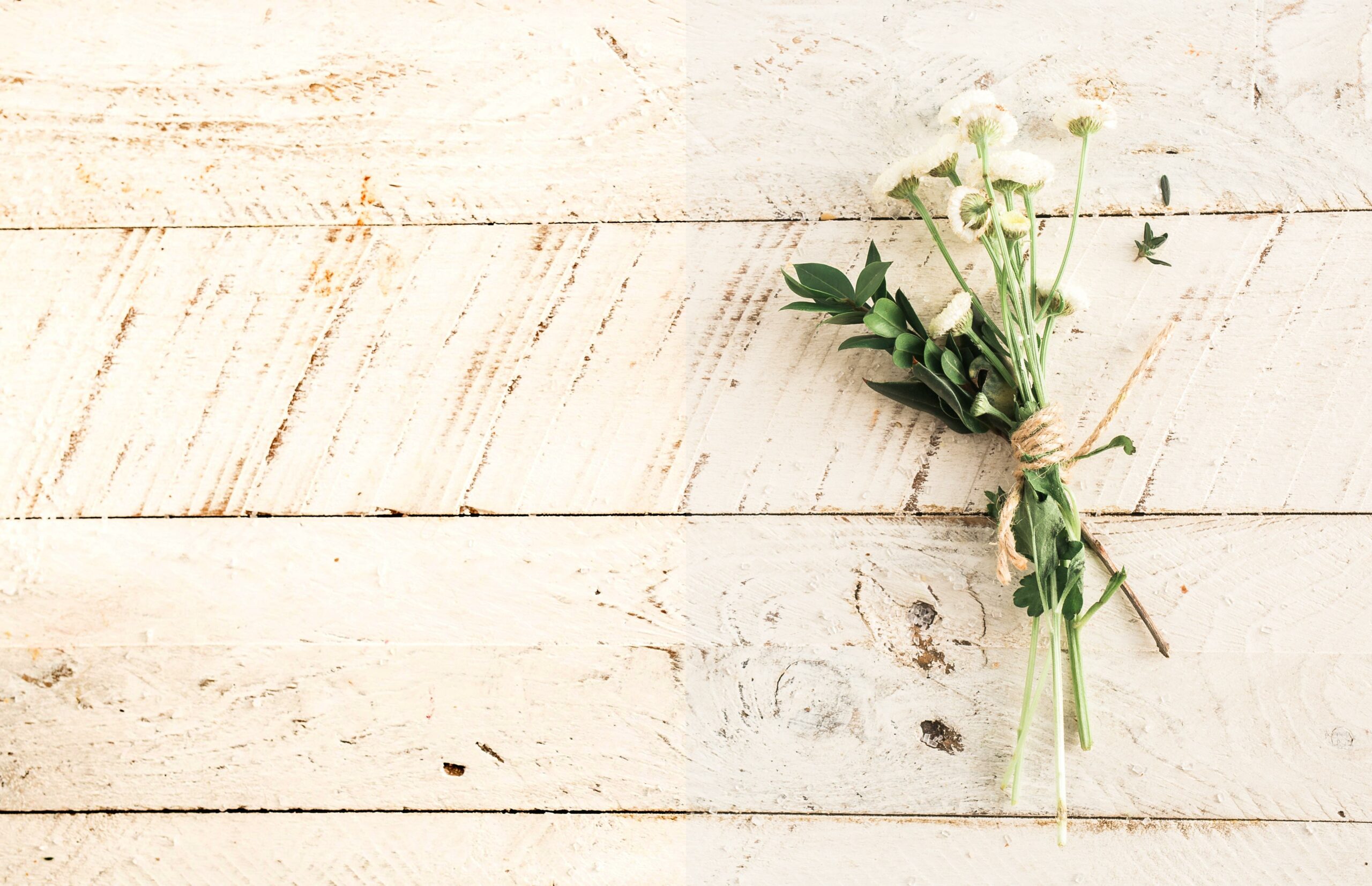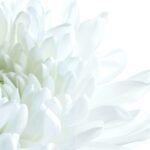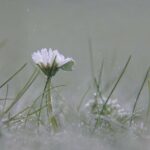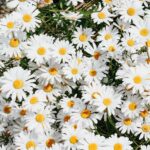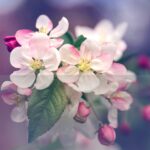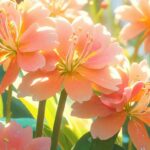Are you ready to delve into the enchanting world of flowers? In this article, we will embark on a journey to explore the hidden wonders and intriguing facts about these captivating creations of nature. From their mesmerizing colors to their intricate life cycles, there is so much more to flowers than meets the eye. Join me as we uncover the secrets behind their diverse types, their vital roles in ecosystems, and the rich cultural symbolism they hold. Get ready to be amazed by these 5 fascinating flower facts that will leave you truly in awe of nature’s beauty.
5 Facts About Flowers
Flowers are not just beautiful and colorful, they also hold a plethora of fascinating facts that showcase the wonders of nature. From their unique characteristics to their cultural significance, here are 5 captivating facts about flowers that will leave you amazed.
1. Nature’s Color Palette
Did you know that white and black flowers do not occur naturally in the plant world? Unlike other colors that are produced by pigments, white flowers appear colorless due to the reflection of light, while black flowers are simply very dark shades of red, purple, or maroon. This extraordinary phenomenon adds to the allure and diversity of the floral kingdom.
“Flowers showcase a vibrant spectrum of hues, but there are no naturally occurring white or black flowers. They captivate us with their array of colors, proving that nature’s palette knows no bounds.”
2. Secrets of the Night
While some flowers greet the day with blooming petals, others reveal their true beauty under the enchanting canopy of the night sky. Flowers like tulips and poppies close their petals at night, while certain cacti only bloom after dusk. This nocturnal behavior adds an air of mystery to these captivating flora, captivating those who venture out after dark.
“As the sun sets and the stars emerge, some flowers awaken to showcase a beauty that only the night can behold. They dance in moonlit secrecy, captivating our hearts with their mysterious allure.”
3. Floral Connections
The world of flowers holds surprising connections with seemingly unrelated fruits. Roses, for instance, belong to the same family as apples, cherries, and peaches. These unexpected botanical relationships remind us of the intricate web of life and the wonder of genetic diversity.
“In the botanical realm, connections are forged in the unlikeliest of places. Just as roses and fruits share a family tree, nature weaves unseen bonds to create a tapestry of life that astounds.”
4. The Golden Value of Tulips
In the 17th century, tulip bulbs were more valuable than gold itself in Holland. In what became known as “Tulip Mania,” prices for these precious bulbs skyrocketed, leading to speculative trading and an economic bubble. This historical phenomenon highlights the enduring allure and value that flowers can hold in human societies.
“Centuries ago, the world was captivated by the spellbinding beauty of tulips, leading to a frenzy that still echoes through the halls of history. The golden worth of these delicate bulbs captivated hearts and minds, becoming an emblem of desire unfathomable.”
5. Ephemeral Delicacies
While flowers can be fleeting in their beauty, their impact can be everlasting. Flowers have long been associated with emotions and the expression of sentiment. From conveying love with roses to celebrating joy with sunflowers, these delicate blooms have the power to transcend words and touch our hearts in profound ways.
“A single flower, a thousand emotions. Throughout history, flowers have whispered messages of love, longing, and delight. They hold the power to convey what words often fail to express, resonating with us in the most profound of ways.”
With each petal, flower facts unfurl a world of wonder that captivates our senses and emotions. From their enchanting blooms to their intricate connections with the world around them, flowers are truly a testament to the beauty and complexity of nature.
[5 Facts About Flowers]
Flowers have always captivated us with their vibrant colors and delicate petals. But did you know that there are some fascinating facts about flowers that you probably haven’t heard before? If you’re curious to learn more, click here for some mind-blowing facts about flowers. You’ll be amazed by the incredible diversity of flower species and the many ways they have adapted to survive in different environments. From the largest flower in the world to the unique ways flowers communicate with pollinators, these facts will leave you in awe. So why wait? Discover the hidden wonders of the floral world by clicking on this link: facts about flowers. Happy exploring!
12 Fascinating Facts About Flowers
[youtube v=”Ub976UXEACY”]
An Array of Floral Wonders
Flowers truly are a marvel of nature, with their delicate beauty and vibrant colors. Did you know that there are approximately 400,000 different varieties of flowers in the world? Each unique blossom holds its own charm and allure, making the world a more beautiful place.
A Poetic Dance of Daffodils
Renowned poet William Wordsworth was captivated by the cheerful dance of daffodils. In his famous poem, “I Wandered Lonely as a Cloud,” he vividly describes the sight of 10,000 daffodils tossing their heads in a sprightly rhythm. This poem ranks among the top five of people’s all-time favorite poems, showcasing the immense power flowers have to inspire and touch our souls.
The Allure of Roses
Roses hold a special place in the hearts of many and are the number one selling cut flowers in the world. Not only do they bring joy and fragrance to our lives, but realtors also suggest that roses can make your home more irresistible to potential buyers. A simple bouquet of roses can work wonders in creating an inviting atmosphere.
Unusual Tricks for Long-Lasting Beauty
To keep your cut flowers looking fresh for longer, a teaspoon of sugar and a few drops of vodka in the vase can make a surprising difference. By changing the water every other day, your blooms will stay vibrant and beautiful. This simple trick can help you fully enjoy your floral arrangements for an extended period.
The Mother’s Day Tradition
When it comes to showing appreciation for our mothers, flowers remain a timeless choice. In fact, 67.2% of those celebrating Mother’s Day choose to honor their moms with floral gifts. In 2015 alone, this tradition translated into a staggering $2.3 billion spent on flowers. It’s a heartwarming gesture that speaks volumes of the love and gratitude we have for our mothers.
A Floral Spectacle in the Netherlands
Every April, nature puts on a breathtaking display of colors at the Keukenhof Gardens in the Netherlands. Over 79 acres, seven million tulips, daffodils, and hyacinths explode with vibrant hues, creating a feast for the eyes. This floral extravaganza attracts approximately 800,000 visitors each year, who can’t resist the allure of these breathtaking blooms.
The Tulip Mania
In the 17th century, tulip bulbs held a value even greater than gold in the Netherlands. This created a frenzy known as “Tulip Mania,” where the trading of tulip bulbs became speculative and inflated their prices beyond reason. In one astonishing instance, 12 acres of land were traded for a single tulip bulb. It serves as a fascinating reminder of the power flowers can hold, both in beauty and allure.
The Blooming Business of Wedding Flowers
For many couples, wedding flowers are an integral part of their celebrations. On average, brides spend $2,141 on their wedding flowers. However, it’s important to note that most people spend less than this amount, with outliers like Princess Kate, who spent a staggering $800,000. Wedding flowers add an enchanting touch to the big day and create memories that last a lifetime.
Supermarket Chains and Floral Sales
Surprisingly, supermarket chains account for 50% of all flower sales. This dominance makes it increasingly difficult to find small, independent flower shops. If you’re searching for a unique bouquet or personal touch, you may have to explore other avenues. However, supporting local florists can bring a special and personalized touch to your floral arrangements.
The Global Blooming Market
When it comes to imported flowers in the United States, 75% are sourced from Colombia. This South American country has become a key player in the global flower market, supplying beautiful blooms to countless households. Additionally, 77% of domestically produced flowers in the US come from California, highlighting its importance as a major floral hub.
Flowers by the Numbers
Flowers have a language of their own, with each blossom conveying different emotions and sentiments. Their power to touch our hearts is truly remarkable, often transcending the limitations of words. As the famous quote goes, “Where words fail, flowers speak.” Through their beauty and symbolism, flowers hold the key to countless meaningful connections in our lives.
In conclusion, flowers have the ability to captivate us, bring joy to our lives, and convey heartfelt emotions without uttering a single word. From their vast variety to their historical significance, flowers are truly fascinating. So the next time you stop to admire a beautiful bloom, remember the hidden stories and wonders it holds within. As Victor Hugo once said, “Where flowers bloom, so does hope.”
“Where words fail, flowers speak.” – Unknown
FAQ
Q: What are flowers and how do they obtain their food?
A: Flowers are the reproductive part of flowering plants and they obtain their food from sunlight, water, and minerals in the soil.
Q: Do all flowers close at night?
A: No, not all flowers close at night. While some flowers, like tulips and poppies, close at night, certain cacti only bloom at night.
Q: Are there naturally occurring white or black flowers?
A: No, there are no naturally occurring white or black flowers. These colors are not produced by pigments in the plant world.
Q: What are some interesting facts about specific flowers?
A: Roses are related to various fruits, including apples, cherries, and peaches. Tulip bulbs were more valuable than gold in Holland during the 1600s. In ancient civilizations, aster leaves were burned to ward off evil spirits.
Q: Which flowers have unique characteristics or records?
A: The Wolffia globosa, or duckweed, is the smallest flower in the world while the Rafflesia arnoldii has the flower with the largest bloom. Hydrangeas can change color based on the acidity of the soil. The most expensive flower ever sold is a Shenzhen Nongke Orchid.
- Unveiling the Enigma: Mansoureh Khojasteh Bagherzadeh’s Public Appearances & Private Life in Iran - July 18, 2025
- Unveiling the Mystery: Mansoureh Khojasteh Bagherzadeh’s Husband: A Rare Glimpse into a Private Life - July 18, 2025
- Unveiling Masoud Khamenei’s Mother: Power, Influence, and Iran’s Future - July 18, 2025
